
The landscape of the conflict in Ukraine is undergoing a significant and dynamic shift, as Russian forces on August 11 reportedly breached Ukrainian defenses in Donetsk Oblast, pressing deeper into contested territories. This strategic advance, coupled with intensified diplomatic efforts on the global stage, paints a complex picture of a war marked by both fierce fighting on the ground and intricate negotiations that rarely seem to mirror the brutal realities of the front lines. The developments underscore a critical juncture, raising profound questions about the conflict’s trajectory.
Reports from the Ukrainian battlefield monitoring group DeepState on August 11 confirmed that Russian forces have successfully pierced Ukrainian defenses near Dobropillia in Donetsk Oblast. This push is notable for its proximity to the Dobropillia–Kramatorsk highway, a crucial artery regularly utilized by both civilian and military traffic as recently as mid-July. The updated DeepState map, drawing from a combination of open-source data and testimonies from units on the ground, now illustrates the grey zone extending to touch this vital logistics route.
Dobropillia itself is strategically positioned, located 94 kilometers northwest of Russian-occupied Donetsk and approximately 22 kilometers north of the embattled city of Pokrovsk. Leveraging what is described as numerical superiority, Russian forces have advanced into Kucheriv Yar, Zolotyi Kolodiaz, and Vesele, where they are reportedly consolidating positions. The intent, according to DeepState, is to prepare for a renewed offensive aimed at achieving full occupation of these areas. Concurrently, Russian troops are also attempting to establish a foothold on the other side of the highway, in Petrivka and Novovodiane.
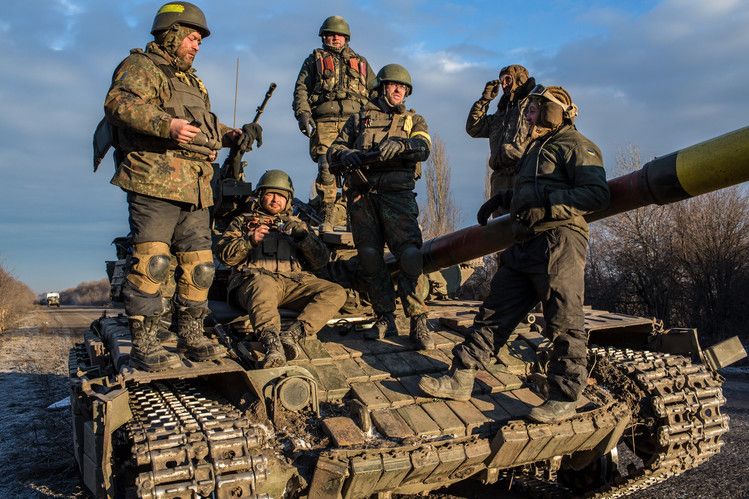
This recent Russian push is not an isolated incident but rather an extension of an offensive that has been underway since spring, specifically between Pokrovsk and Kostiantynivka in Donetsk Oblast. The pace of this offensive has dramatically accelerated throughout August, bringing key Ukrainian logistics routes into the effective range of Russian first-person view (FPV) drones. The latest gains pose a severe threat, as they compromise Kyiv’s overall defense of the war-torn eastern region, which encompasses major Ukrainian-controlled cities such as Sloviansk, Kramatorsk, Druzhkivka, and Kostiantynivka.
The monitoring group DeepState also highlighted the existence of new fortifications around Zolotyi Kolodiaz, Shakhove, and other nearby settlements. While Russian forces are currently bypassing these positions, there is a distinct possibility that they may seize and repurpose them for defensive use in future operations. The report ominously states, “After final consolidation and accumulation, attempts to move deeper into the territory will be inevitable, and drone crews will be brought in, which will complicate the restructuring of alternative logistics and the maintenance of surrounding positions by Ukrainian forces.” This dire assessment leads to a stark warning: “With this development of events, if it does not change, we may encounter a situation where Dobropillia falls faster than Pokrovsk.” Ukrainian officials have refrained from publicly commenting on the reported Russian advance, and press officers from two Ukrainian brigades in the area declined to comment on the situation.
Pokrovsk, a city once home to approximately 60,000 people, has become the epicenter of fighting, facing a sustained Russian assault for months. It stands as a critical logistics hub, well-connected to surrounding cities via both train and road networks, including Zaporizhzhia, Dnipro, Kramatorsk, and Kupiansk. More than a logistical nexus, Pokrovsk holds symbolic significance as a defensive line established in 2014, described by Gustav Gressel, a senior policy fellow at the European Council on Foreign Relations, as “a huge fortress, built with very good defences [and] a deep system of bunkers.” Patrick René Haasler, a political analyst, adds that it is “one of the last significant defensive positions before the Dnipro River.”
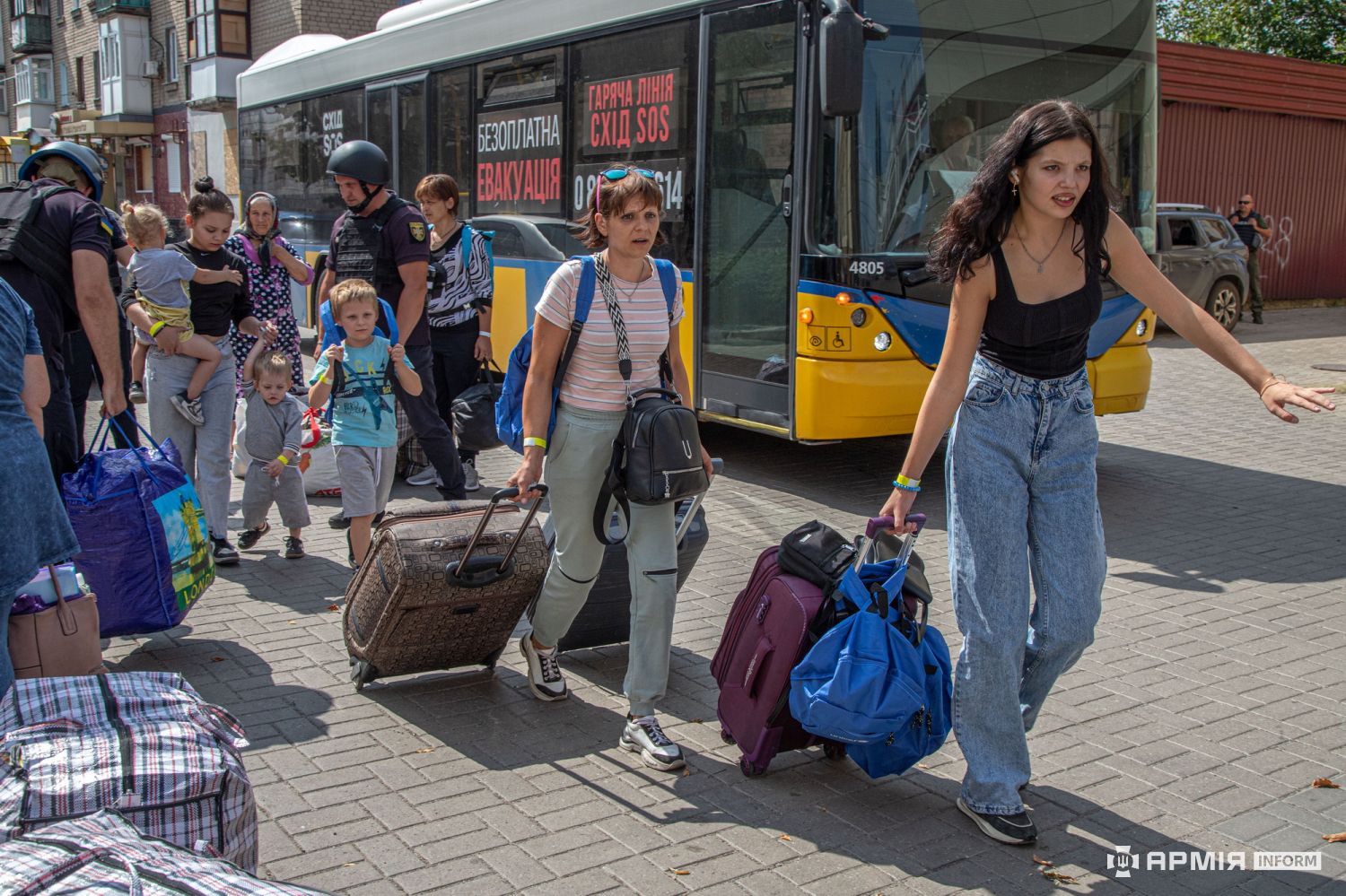
The steady Russian advance toward Pokrovsk in recent weeks has fundamentally altered the momentum of the conflict, transforming it from trench and positional warfare into what Dr. Huseyn Aliyev, a specialist on the war at the University of Glasgow, describes as “a war of movement.” This shift is evidenced by the increased rate of territorial losses, with Ukraine now capable of losing up to two villages a day, a sharp contrast to the previous rate of one village per month. The Russian army’s October advance of 478 square kilometers into Ukrainian territory, according to an AFP study analyzing data from the American think tank the Institute for the Study of War, marks the largest territorial gain since the early days of the full-scale offensive in spring 2022.
This “war of attrition,” as Gressel characterizes it, sees “capabilities degrading on both sides.” However, the critical shift, according to Aliyev, lies on the Ukrainian side, where there is “a big problem in their defensive line.” He notes that Russia “doesn’t have more troops or weapons,” suggesting that recent territorial gains are less a demonstration of superior Russian force and more an indication of the challenges confronting Ukraine’s defenses. Ukrainian front-line forces are reportedly facing the enemy with dwindling arms and personnel, making it increasingly difficult to plug the gaps in their defensive lines.
A significant factor contributing to Ukraine’s struggles is described as “poor organisation” of its troops, as noted by Aliyev. Experienced regiments, having fought against Russia for two years, have received minimal reinforcements. Instead of fortifying these existing units, new brigades have been created, comprising less experienced officers and troops quickly trained from recent mobilization efforts. These newer brigades, which lack the morale of veteran units, are frequently dispatched to halt the Russian advance, leading to a situation where battle-hardened units are depleted while new units on the front lines are critically unprepared.

This organizational challenge was starkly illustrated by Ukraine’s surprise occupation of Russia’s Kursk region in August. While one of Ukraine’s military objectives was to compel Russia to redeploy some of its troops, the subsequent territorial losses in eastern Ukraine suggest the Kursk operation was “a failed gambit,” according to Frank Ledwidge, a senior lecturer in law and strategy at the University of Portsmouth. Aliyev concurs, asserting that had the elite troops sent to Kursk been deployed to Donbas instead, “Ukraine might have had a far better chance of holding the defensive line.” However, Patrick René Haasler observes that Russia “managed to defuse and bring the Kursk situation under control,” without withdrawing significant numbers of soldiers from other parts of the front, contrary to Ukrainian expectations.
On the diplomatic front, the prospects for peace negotiations remain fraught with complexity and skepticism. U.S. President Donald Trump confirmed on August 11 that Ukrainian President Volodymyr Zelensky would not participate in his upcoming talks with Russian President Vladimir Putin, scheduled for August 15 in Alaska. Trump stated that Zelensky “wasn’t part of it,” adding, “I would say he could go, but he’s gone to a lot of meetings; he’s been there for three and a half years, and nothing happened.” This meeting between Trump and Putin marks their first face-to-face discussion since the commencement of Trump’s second term, as Washington seeks a pathway to end the war.
Trump articulated his vision for a resolution, suggesting that after his meeting with Putin, a subsequent encounter between Ukrainian and Russian leaders should take place. He boldly declared, “Ultimately, I’m going to put the two of them (Putin and Zelensky) in a room, I’ll be there or I won’t be there, and I think it’ll get solved.” However, Trump expressed being “a little bothered” by Zelensky’s comments regarding “constitutional approval” for potential land swaps as part of a peace agreement. Trump remarked, “He’s got approval to go into war and kill everybody, but he needs approval to do a land swap? There’ll be some land swapping going on.” He further asserted, “We’re going to change the battle lines. Russia has occupied a large portion of Ukraine. They’ve occupied some very prime territory. We’re going to try and get some of that territory back for Ukraine.”
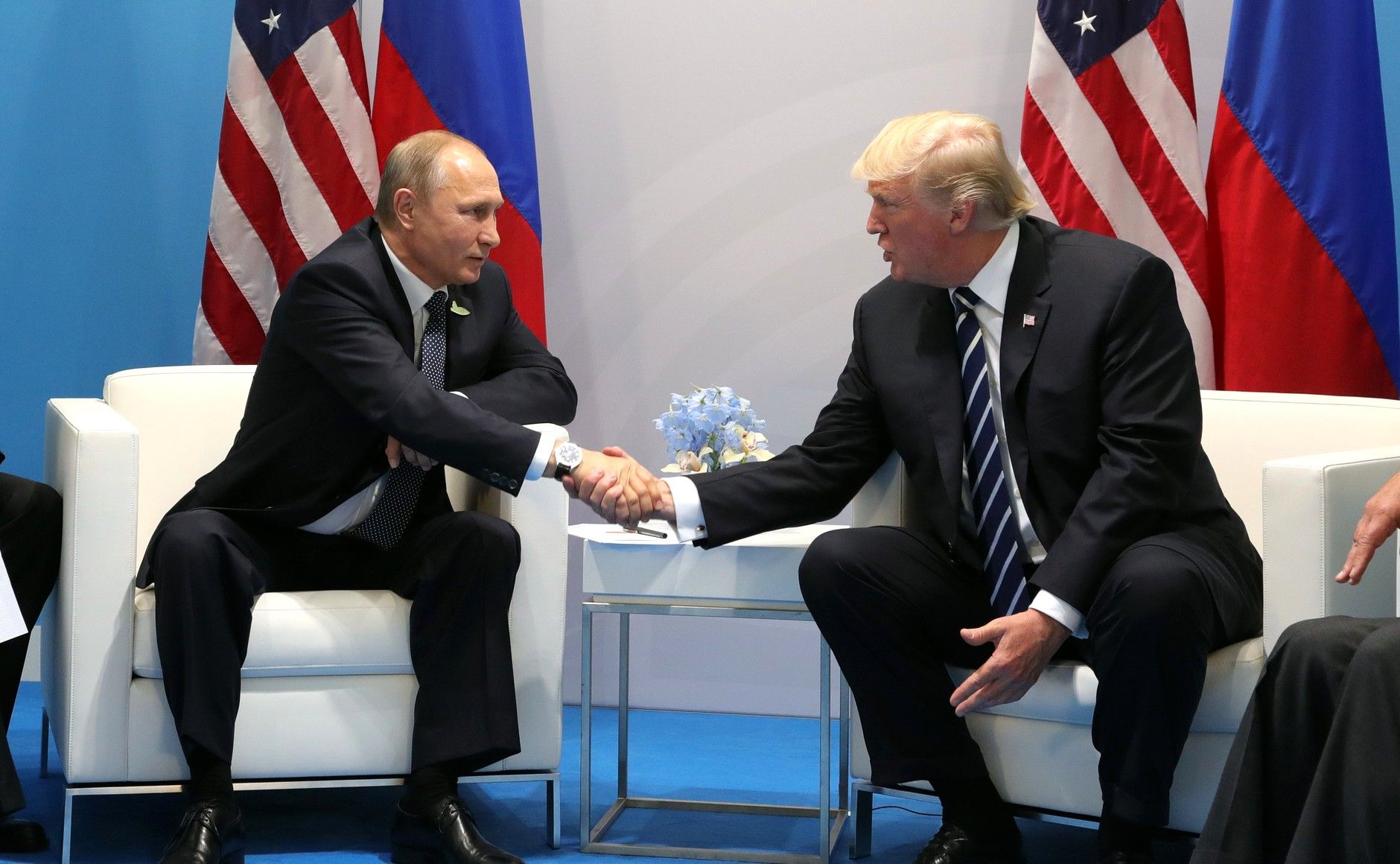
Describing the upcoming summit with Putin as a “feel-out meeting,” Trump indicated his belief that the Russian president desires “to get involved” and “to get over” the war. He confidently stated, “At the end of that meeting, probably in the first two minutes, I’ll know exactly whether or not a deal can be made.” On August 8, Trump announced the summit with Putin, reportedly informing Ukraine and European leaders that the Kremlin was open to negotiations contingent on “land swaps.” While the specific details of such a deal remain unclear, a source within Ukraine’s Presidential Office indicated that Moscow seeks Kyiv’s full withdrawal from partially occupied Donetsk and Luhansk oblasts in the east, potentially in exchange for withdrawing its forces from limited areas held in the northeastern Sumy and Kharkiv oblasts.
Publicly, President Putin has maintained a firm stance, demanding a ban on Ukraine’s NATO membership and a full Ukrainian withdrawal from partially occupied Donetsk, Luhansk, Kherson, and Zaporizhzhia oblasts as preconditions for peace talks. Conversely, President Zelensky has consistently rejected any notion of ceding territory to Russia, advocating instead for a ceasefire as the indispensable first step toward meaningful peace discussions—a position that enjoys the firm backing of Kyiv’s European partners. Zelensky is also scheduled to hold talks with European leaders and Trump on August 13, two days prior to the high-stakes summit in Alaska.
The skepticism surrounding these diplomatic overtures is particularly pronounced among Ukrainian soldiers on the front lines. They perceive diplomatic efforts as too far removed from the brutal reality of the battlefield to yield effective results. Their doubts are rooted in what they see as months of unfulfilled U.S. promises to swiftly end the war. Recent suggestions by Donald Trump concerning “swapping of territories,” coupled with media reports implying a potential abandonment of the Donetsk region by Ukrainian troops—a territory they have defended inch by inch for years—have only deepened confusion and rejection among the fighting forces. Few soldiers believe that the current talks will lead to a definitive end to the war, anticipating instead a brief cessation of hostilities before Russia inevitably resumes its assault with renewed vigor.

Soldier Dmytro Loviniukov of the 148th Brigade articulated this sentiment, stating, “At minimum, the result would be to stop active fighting — that would be the first sign of some kind of settlement. Right now, that’s not happening. And while these talks are taking place, they (the Russians) are only strengthening their positions on the front line.” He reflected on the grim determination of his comrades, declaring, “We are on our land. We have no way back,” and “We stand here because there is no choice. No one else will come here to defend us.”
Serhii Filimonov, commander of the “Da Vinci Wolves” battalion of the 59th brigade, echoed this somber perspective, stating, “We are preparing for a long war. We have no illusions that Russia will stop. There may be a ceasefire, but there will be no peace.” He dismissed discussions of territorial exchange or peace agreements as mere temporary fixes, asserting, “Russia will not abandon its goal of capturing all of Ukraine. They will attack again. The big question is what security guarantees we get — and how we hit pause.” Another soldier, Mirche from the 68th brigade, observed a troubling pattern: “Whenever peace talks begin, things on the front get terrifying.” This sentiment underscores the profound disconnect between high-level diplomatic aspirations and the lived experience of those enduring the daily bombardments.
Amid these complex dynamics, Ukraine continues to launch targeted counteractions. On August 11, drones operated by the Security Service of Ukraine (SBU) struck the production facilities of the Arzamas Instrument-Building Plant in Russia’s Nizhny Novgorod Oblast, according to an agency source. This facility is crucial for producing gyroscopic instruments, control systems, onboard computers, and component systems for Russian Kh-32 and Kh-101 missiles, weapons regularly employed in attacks against Ukraine. The plant is under sanctions from the EU, the U.S., Ukraine, and New Zealand. Preliminary information indicates that at least four drones from the SBU’s Special Operations Center ‘A’ struck the target. The Governor of Nizhny Novgorod Oblast, Gleb Nikitin, confirmed an attack on “two industrial zones” in the region, claiming that one employee was killed and two were injured. Arzamas is approximately 759 kilometers (471 miles) from Ukraine’s border, and explosions were also reported in the nearby city of Dzerzhinsk.
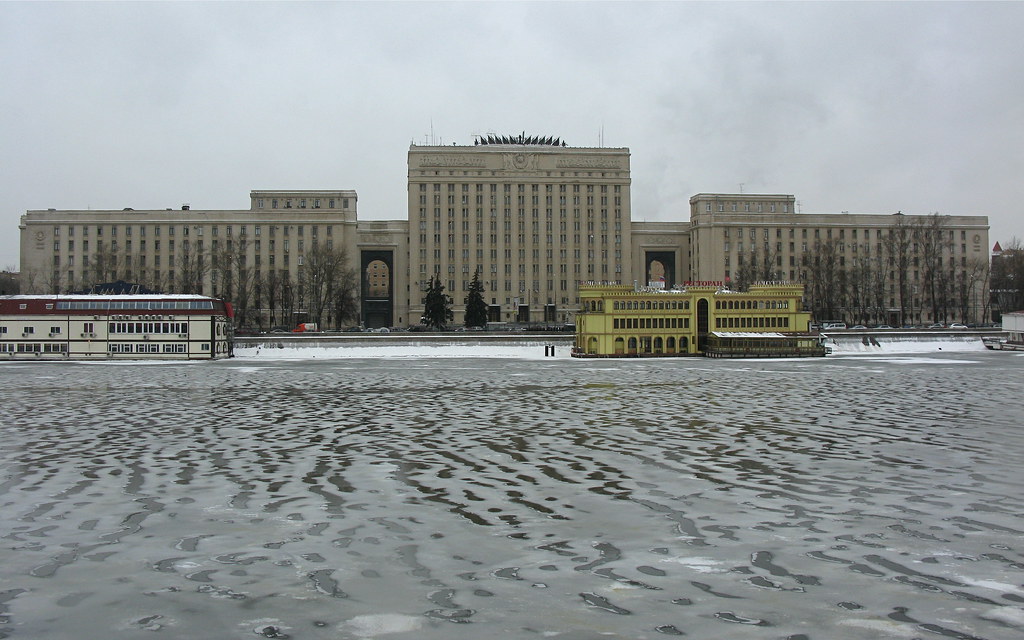
Russia’s Defense Ministry claimed its air defenses shot down 32 Ukrainian drones overnight across multiple regions, with an additional seven in the morning. In Tula Oblast, Governor Dmitry Milyaev reported that 12 Ukrainian drones were shot down, though a civilian enterprise in Tula city was hit, resulting in two fatalities and three injuries. Tula is roughly 370 kilometers (230 miles) from the Russia-Ukraine border. The Kyiv Independent noted it could not independently verify these claims.
President Zelensky, ahead of the Trump-Putin summit, disclosed that Russian forces had launched over 1,000 aerial bombs and 1,400 strike drones against Ukraine in the preceding week. He conveyed his frustration on X, stating, “Another week has ended without any attempt by Russia to agree to the numerous demands of the world and stop the killings.” Zelensky also highlighted that Moscow maintains significant pressure along the front, with Ukraine’s 32nd Brigade alone having “eliminated” 209 Russian soldiers in the Pokrovsk sector. He underscored Ukraine’s focus: “We are defending the lives of our people and strengthening our air defenses. This is what the situation in the war looks like. And the situation in diplomacy must correspond accordingly.” Regional authorities reported that Russian attacks on August 11 had killed at least seven people and injured close to 50 within the past 24 hours. Accusing Moscow of prolonging the war, Zelensky stressed that Russia “cannot be rewarded for its aggression,” adding, “Concessions do not persuade a killer. But truly strong protection of life stops the killers.
Further compounding the challenges, Ukraine faces a “mobilization gridlock,” as it struggles to replenish front-line units after 42 months of all-out war. Mobilization has become a “toxic” and politicized issue, with high-ranking officials reportedly avoiding public comment. Political analysts suggest that most politicians are afraid to raise this controversial topic. The army cannot demobilize those who serve without risking the collapse of the front, leaving soldiers in a grueling, protracted conflict. The approval of $61 billion in military and financial aid for Ukraine by US lawmakers over the weekend offers a glimmer of hope, though Western experts anticipate it could be weeks before its impact is evident on the battlefield. Ukraine’s head of military intelligence, Kyrylo Budanov, warned the BBC’s Ukrainian service that the frontline situation would worsen in the coming weeks, but reassured that it is “not catastrophic” and “Armageddon will not happen.”
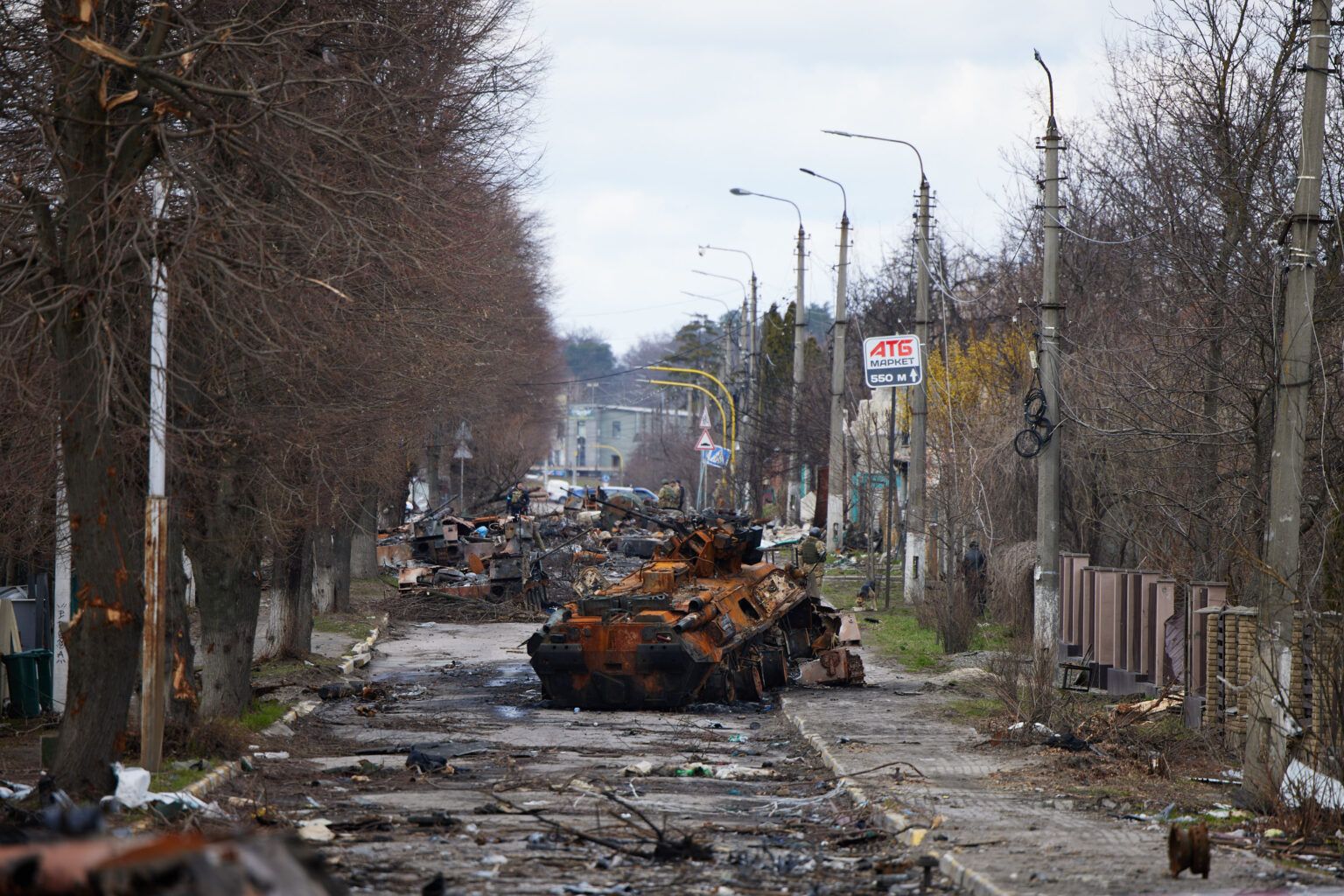
Beyond the strategic advances and diplomatic intricacies, other critical developments continue to shape the broader conflict. In the southeast, Ukraine’s military reported recapturing the village of Blahodatne in the partially occupied Donetsk region, showcasing small, hard-won advances. Conversely, a Russian-installed official in the Zaporizhzhia region conceded that Russian fighters were compelled to leave the village of Neskuchne in the Donetsk region. On another front, the Kakhovka dam incident continues to unfold, with water levels on the reservoir declining, yet more than 32 settlements on the Ukrainian-held west bank remaining flooded. Conditions are reportedly worse on the lower-elevation Russian-occupied eastern bank. Meanwhile, both sides reported prisoner exchanges on Sunday, with Russia stating 94 of its soldiers were freed and Ukraine confirming the release of 95 Ukrainians. The Russian Defense Minister Sergei Shoigu has also issued a decree ordering all Russian volunteer formations to sign contracts with the ministry by July 1, a move explicitly rejected by Wagner owner Yevgeny Prigozhin, who cited Shoigu’s inability to “manage military formations normally.”
As the war enters its 16th month, the events of August 11 illustrate a conflict defined by relentless pressure on the ground, particularly in the east, and complex, often contradictory, diplomatic initiatives. The Russian strategic advances in Donetsk Oblast, threatening key logistics routes and urban centers like Pokrovsk, underscore the immense challenges facing Ukraine’s defenses, exacerbated by issues of personnel and organization. Meanwhile, high-stakes international discussions aimed at peace are met with profound skepticism by those who bear the brunt of the fighting. The Ukrainian forces, though facing severe pressures, continue to launch counter-strikes and hold their ground where possible, demonstrating resilience in the face of overwhelming adversity. The path forward remains uncertain, a precarious balance between the unyielding realities of the battlefield and the elusive search for a lasting peace.


